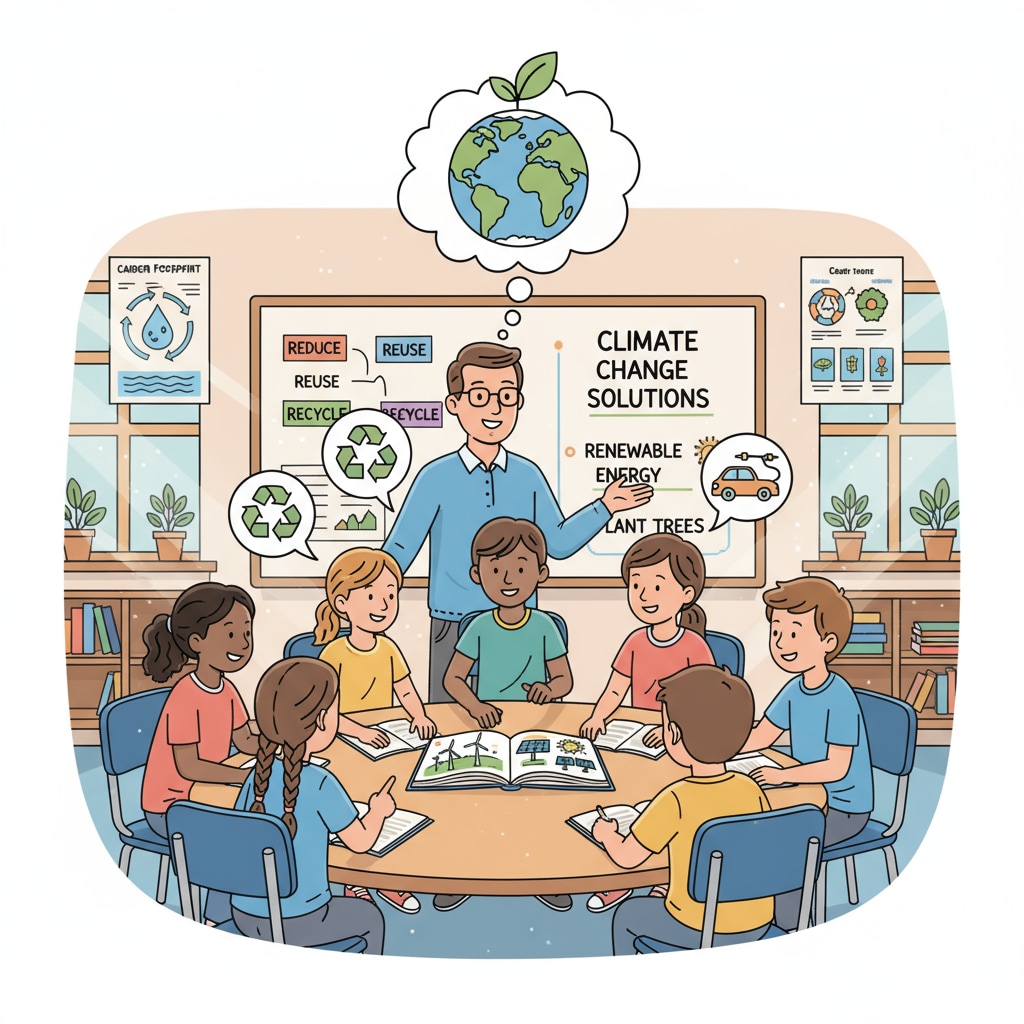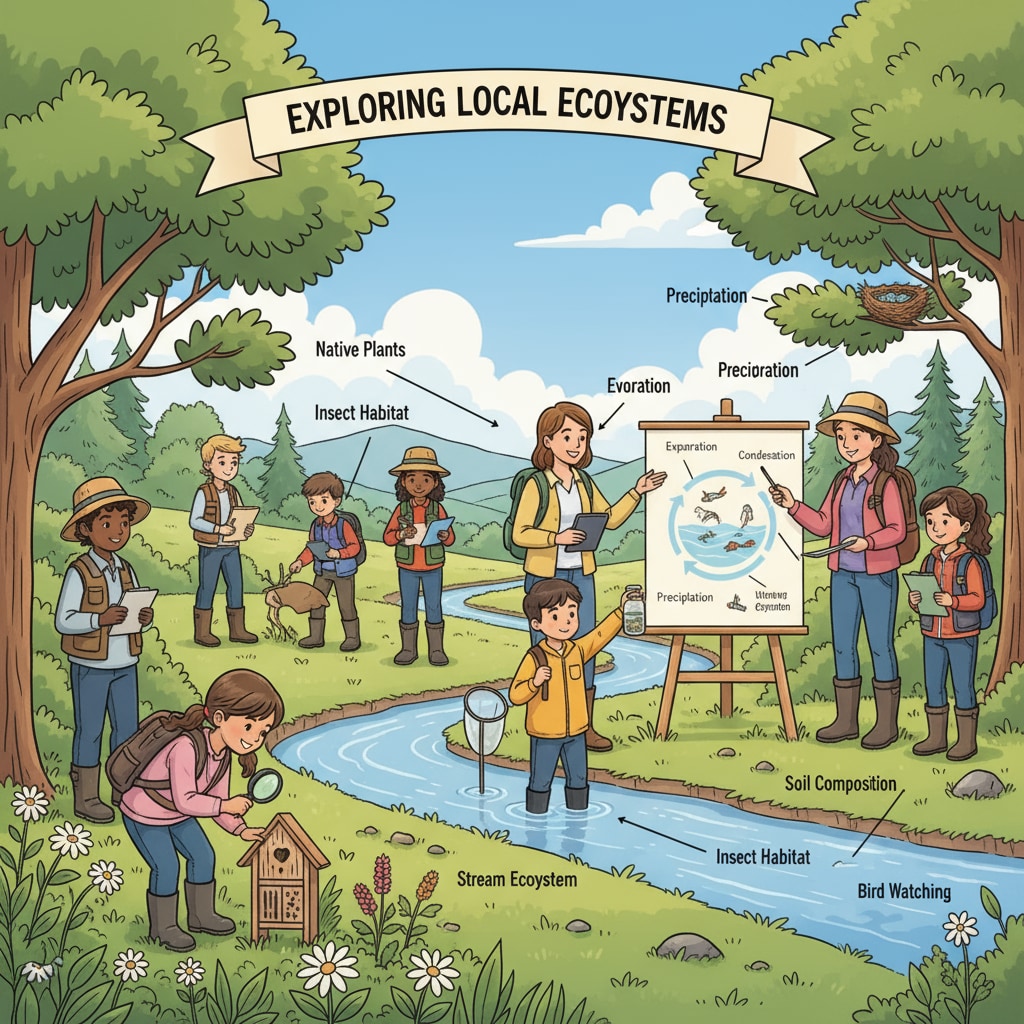Environmental education in K-12 schools plays a crucial role in shaping the next generation’s understanding of climate change and their ability to drive social change. As the world faces increasing environmental challenges, it’s essential to examine how these educational institutions are preparing students to be future earth guardians.

The Current State of Environmental Education in K-12 Schools
Across the globe, K-12 schools are gradually recognizing the importance of environmental education. However, the implementation varies widely. In some regions, environmental topics are integrated into the curriculum, covering aspects like climate change, biodiversity, and sustainable living. For example, some schools in Scandinavian countries have made significant progress in incorporating environmental education into daily lessons. According to Wikipedia’s page on Environmental Education, environmental education aims to raise awareness and understanding of environmental issues among students. Nevertheless, in many other areas, it remains a peripheral subject, lacking dedicated time and resources.
Challenges Hindering Effective Environmental Education
One major challenge is the lack of teacher training. Many educators lack the necessary knowledge and skills to teach environmental concepts effectively. Additionally, limited curriculum space often means that environmental education takes a backseat to core subjects. Moreover, there’s a lack of standardized teaching materials and resources. As a result, students may not receive a comprehensive and consistent environmental education experience. For instance, in some developing countries, schools struggle to afford updated textbooks and teaching aids related to environmental issues. Another obstacle is the lack of community and parental support. Without their involvement, it’s difficult to reinforce environmental learning outside the classroom. As stated on Britannica’s entry on Environmental Education, community engagement is vital for the success of environmental education initiatives.

The Link Between Environmental Education and Social Change
Effective environmental education in K-12 schools can significantly enhance students’ social change capabilities. When students understand the environmental problems and their root causes, they are more likely to take action. They can become advocates for sustainable practices, influencing their families, communities, and even policymakers. For example, student-led environmental campaigns have been successful in raising awareness and driving change in various areas. By learning about climate change and its impact, students develop critical thinking skills and a sense of responsibility, which are essential for bringing about social change. These young learners can also inspire others to adopt more environmentally friendly lifestyles, contributing to a more sustainable future.
In conclusion, environmental education in K-12 schools is a powerful tool for cultivating future earth guardians. By addressing the current challenges and strengthening the depth and breadth of this education, we can empower students to drive social change and combat climate change effectively. It’s time for schools, communities, and policymakers to collaborate and ensure that every student receives a quality environmental education to create a more sustainable world.
Readability guidance: The content uses short paragraphs and lists to summarize key points. Each H2 section provides relevant information in a clear manner. The passive语态 is kept to a minimum, and transition words are used throughout to enhance readability.


